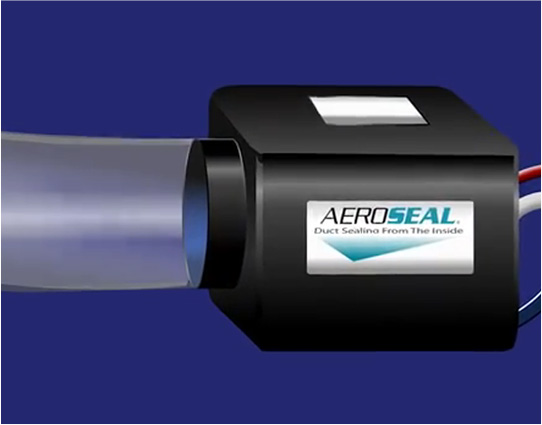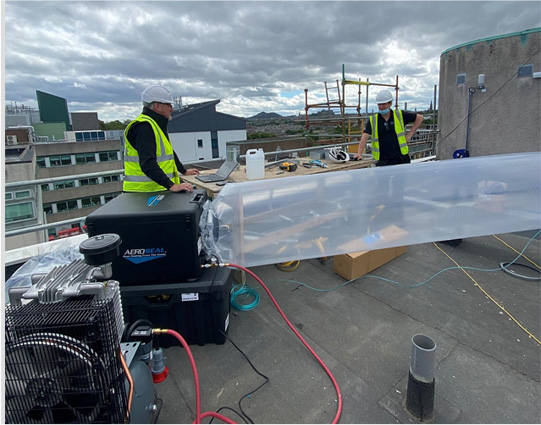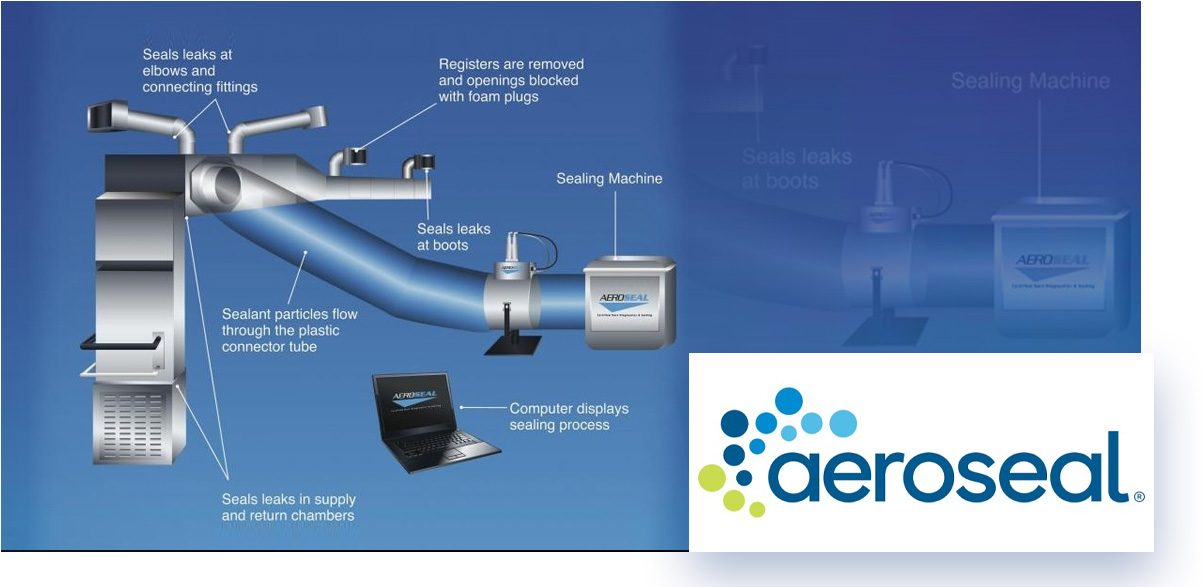
An Introduction to Aeroseal
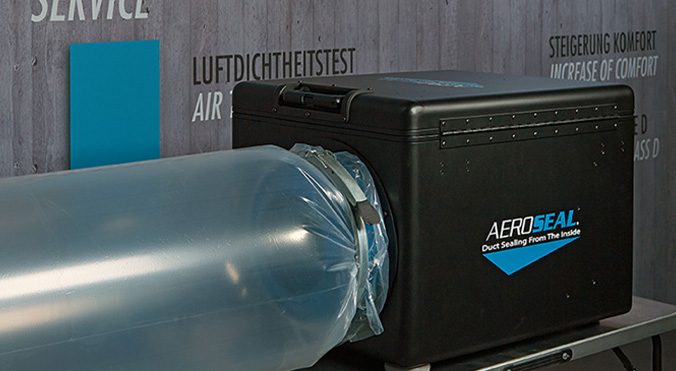
WHAT IS AEROSEAL?
AEROSEAL is a patented technology for efficiently and effectively sealing of existing air duct systems from inside out in the quickest possible way and with little disruption.
Since its European launch in 2015 AEROSEAL has set new standards for the tightness of air duct systems.
This Has A 2 Fold Effect
- The motors in HVAC systems use on average 60% of a buildings electricity. According to VIP40 an international commissioned report on ventilation systems the ductwork across Europe leaks anything from 15% to 40%. By reducing leaks from 15% down to 2% which AEROSEAL can do, drops fan requirements by a multiple of 3 resulting in a 39 to 40% energy saving in your HVAC system. Saving thousands of Euros every month and contributing to a reduction in CO2 emissions.
- It also helps in reducing contamination in the ducts which is drawn in to the system through the holes in the ductwork. As a direct result this cuts down on cleaning costs and helps to maintain Indoor Air Quality (IAQ).
- As direct result by sealing leaky ductwork, there is more airflow to the targeted areas. This can allow increased occupancy.
- Reduced noise contamination
In Conclusion AEROSEAL’s solution has made duct sealing cost effective & simple to accomplish, making it a top energy saving strategy for building owners and Facility Managers looking to eliminate energy consumption and improve IAQ problems.
A WIN-WIN SOLUTION FOR EVERYONE INVOLVED

- Planners can guarantee that the complete ventilation system meets the requirements of the standards for tightness when AEROSEAL issues a tender.
- Air duct manufacturers can prove that they meet the tightness requirements of DIN EN 1507 or DIN EN 12237 through their operational quality assurance and through the use of high-quality manufacturing products in production, manufacturers no longer have to deal with defects caused by the installation process.
- Plant constructors can easily meet and prove the required tightness class during the installation of a plant. Costly reworking or the processing of defects is no longer necessary.
- Operators and users benefit from optimal, energy-saving and efficient operation of the system.
WHY IS AEROSEAL THE NEW AIRTIGHTNESS CLASS?
In the past limited access to already installed air duct systems and the fact that small and individual leakages are difficult to address efficiently, the sealing of those systems has been extremely difficult. As a result, achieving leakage rates outlined in BESA DW144 and an air tightness class C or D for an already installed air duct system was usually not possible.
With AEROSEAL we are able to guarantee airtightness class D.
How Does Aeroseal Work?
Aeroseal works by introducing a water-soluble sealant aerosol into the ductwork system, allowing for effective sealing of leaks from the inside.
step
1
Pre Seal Test
step
2
Coverage and Accessibility
step
3
Long-Lasting Durability
step
4
Temperature Resistance and Odorless Finish
step
5
High-Efficiency Leak Reduction
step
6
Once completed

BENEFITS OF INCREASED AIR TIGHTNESS
The Aeroseal process enables HVAC systems to operate with reduced fan speeds, even allowing for smaller fan sizes in some cases, while still delivering the necessary air volumes.
- Ductwork systems that have a better air tightness, lose less energy than leakier ones. HVAC running costs make up a very substantial part of a building’s operational cost and some of this cost may be recovered by reducing ductwork leakage.
- Energy saving calculations can be carried out after application, but it has been possible to reduce fan speeds and in some cases, reduce fan size after AEROSEAL, whilst still achieving the required air volumes.
- Poor performing HVAC systems can lead to poor indoor air quality (IAQ) and a reduced level of comfort in buildings. People can spend as much of 90% of their time in indoor space, and increased comfort and IAQ have proven benefits to productivity and reduced absenteeism.
- Comfort issues can be linked to poor temperature control from inefficient HVAC, these systems can have their efficiencies boosted by improved airtightness.
- AEROSEAL helps companies meeting the environmental commitments by reducing power consumption and therefore carbon footprint.
- HVAC fans represents 20-60% of your total HVAC energy usage. Independent studies have shown that even a 15% reduction in leakage can reduce fan power requirements by 40% or more – and save you thousands of euros.
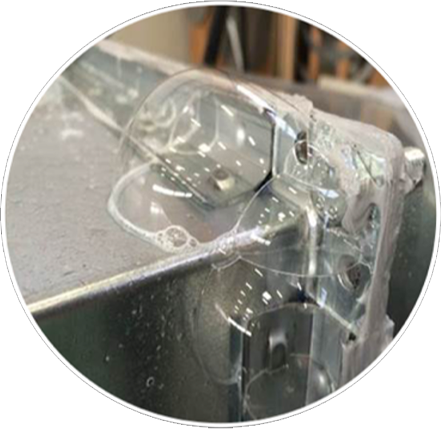
WHY DO DUCTS LEAK ?
Ductwork flanged connections, slip joints, seams and fixings can all leak, making it almost impossible to find and seal all leakage points on a large installed system. Other building services such as walls, ceilings and other characteristics can restrict access to the ductwork system making manual sealing difficult.
The cured sealant is completely odourless and will withstand temperatures from -29C to +249C.



